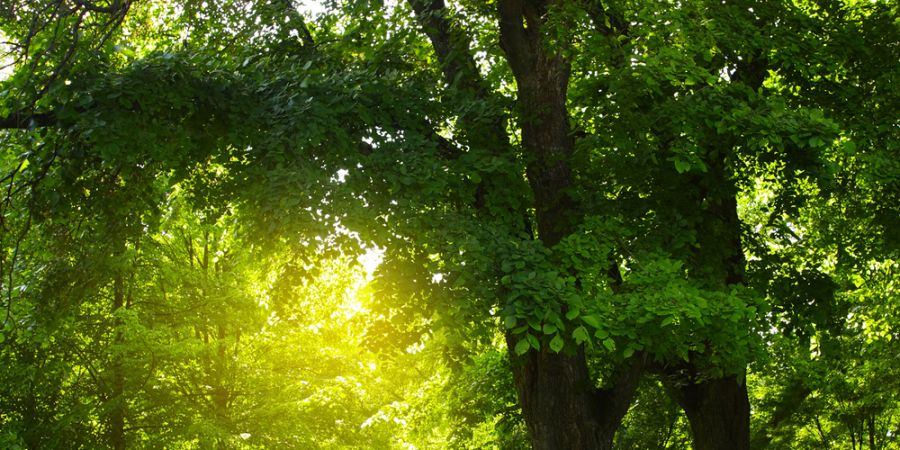

Trees are a valuable resource that improves the quality of life in urban areas in several ways. A tree absorbs toxins, noise, and rainwater while reducing sewer runoff. In addition, since the shade it offers decreases the ambient temperature, the tree is the best method to fight against the phenomenon of heat islands in an urban environment.
Wait, there is more! The trees not only improve the landscape but also provide habitat for a variety of wildlife, allowing for greater biodiversity in the region.
Let us know about some important information about the uses and benefits of the trees that are discussed below:
Trees have medicinal properties: 1 in 4 pharmaceutical products are made from plants. Some examples: yew extracts (Taxus spp.) Used in chemotherapy (Taxol), aspirin, and creams.
Trees provide food for humans and animals (fruits, berries, es, and nuts).
Trees make the air more breathable by reducing particles (The role of trees in reducing CO2 in the atmosphere, PDF).
Noise pollution can be reduced by planting trees and shrubs.
Tree-lined streets are safer because they appear narrower and slow down traffic.
Trees capture carbon and become carbon “sinks” that reduce greenhouse gases.
35 variety of Vegetables seeds.
The root system of trees helps prevent soil erosion, which in turn helps prevent water contamination.
Trees provide shade, which helps some species of fish (especially salmonids) by cooling the water, and their branches and roots protect against predators.
The property with a lot of trees has a higher real estate value.
Foresters, arborists, lumber, scientists, forest, rs, and others work with trees in the forestry industry.
Hiking trails and campgrounds are examples of places where trees provide recreation and attract visitors.
In summer, the trees provide shade, which reduces air conditioning costs; in winter, conifers insulate houses, reducing heating costs.
Trees shade asphalt surfaces, keep streets and parking lots cooler and improve pavement life.
Wind and snow are provided by trees planted in the fields, which helps protect crops.
Earn Money💵💰By just clicking Emails😮.
👉Click here to register and get $3 dollars as Sign up bonus🤑
Trees add beauty to the landscape while concealing less attractive features.
Wildlife will find refuge in the trees.
Trees have health benefits such as reducing stress and speeding up the recovery process.
Trees help us reconnect with history and bring us closer to nature.
Studies show that hospital patients who have access to a landscape of trees recover faster and have fewer complications than those who do not.
Since trees trap rain and minimize water runoff, they serve as flooding or retention basins.
Perhaps the most important of all the benefits they provide is the contribution of trees to human well-being.Trees can indeed affect the morale and emotions of citizens, improve the world around them and provide a lot of pleasure.
Up to four people can get the equivalent of a day's oxygen from a large tree.
It takes about 500 mature trees to absorb the carbon dioxide generated by a car traveling 20,000 kilometers per year.
In a single day, a large tree will absorb and release up to 100 gallons of water from the soil.




























